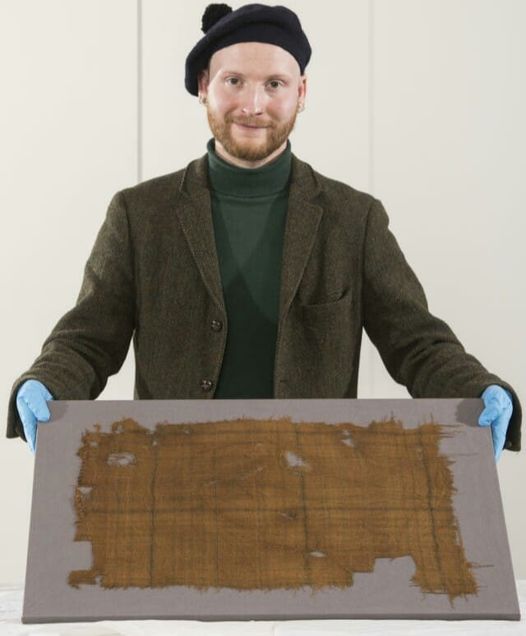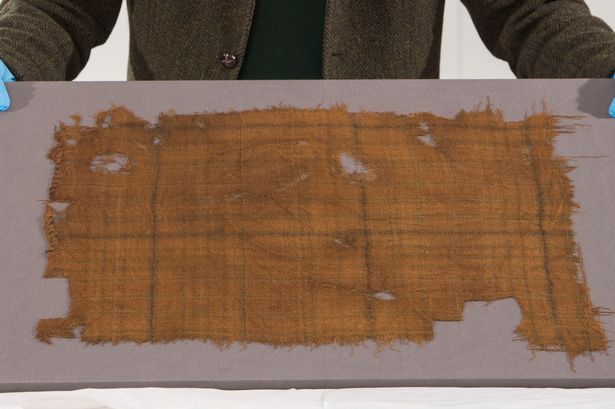When we think of Scotland, one of the first things that may come to mind is the iconic tartan fabric, known for its crisscrossing patterns and bright colors. Tartan holds a rich history in Scotland, and people have long associated it with Scottish identity and culture. A group recently discovered a thin but intact square of old fabric in a Highland peat bog, and they believe that it is the oldest tartan ever found in Scotland. This remarkable discovery sheds new light on the history of tartan and the people who made and wore it.
The Discovery of Oldest Tartan

The piece of fabric in question was found in a peat bog in the Scottish Highlands over four decades ago. However, it wasn’t until recently that it underwent a battery of tests to determine its age and origins. These tests revealed that the fabric is likely from the 16th century, making it over 400 years old. This is an incredible discovery, as no other recovered cloth found in Scottish territory has been dated to before this time.
Tartan in Scottish History
Tartan has a long and storied history in Scotland. Scottish weavers originally made the fabric from wool and frequently dyed it using natural materials like plants and berries. Different Scottish clans associated specific patterns with themselves and used them to identify their members. Soldiers also wore this fabric in battles, and in the 18th century, the British government banned it for some time because of its association with Scottish rebellion.
Analyzing the Fabric

The fabric discovered in the peat bog is an extraordinary historical find. Despite measuring just 14 by 13 inches, it contains a plethora of information about its origins and creators. Moreover, the fabric features a unique combination of crisscrossing patterns in various colors, which is characteristic of the pabric. After examining the fabric, researchers deduced that it probably underwent dyeing using woad, which people commonly used in the 16th century.
The Significance of the Discovery
The discovery of this 16th century fabric is significant for a number of reasons. Firstly, it sheds new light on the history of tartan and the people who made and wore it. It gives us a glimpse into the lives of people in 16th century Scotland. Additionally, it is a reminder of the importance of preserving historical artifacts and the importance of continuing to study.
Preserving Scotland’s Tartan Heritage
Scotland’s tartan heritage is an important part of the country’s history and culture. It is important that we continue to preserve and celebrate this heritage for future generations. This includes preserving historical artifacts like the 16th century tartan fabric, but also supporting the modern tartan industry. It is also ensuring that the tradition of tartan making continues to thrive.
Conclusion
The discovery of Scotland’s oldest surviving tartan is an exciting development for historians, Scottish culture enthusiasts, and anyone interested in the history of textiles. This small but significant piece of fabric has given us new insights into the history of tartan and the people who made and wore it. It is a reminder of the importance of preserving historical artifacts and studying them to better understand our past.


